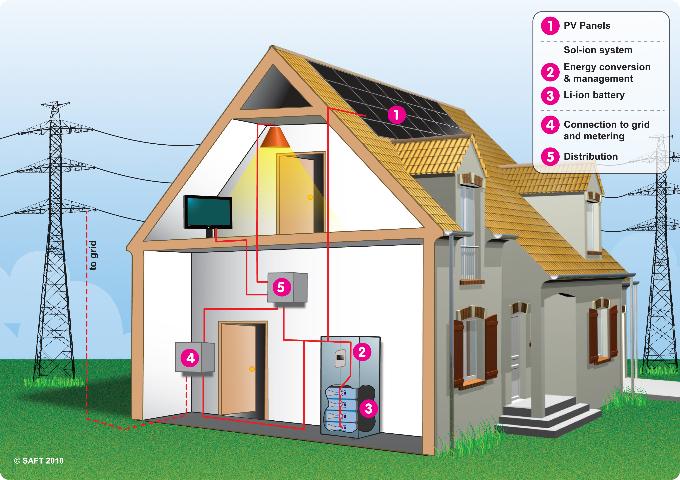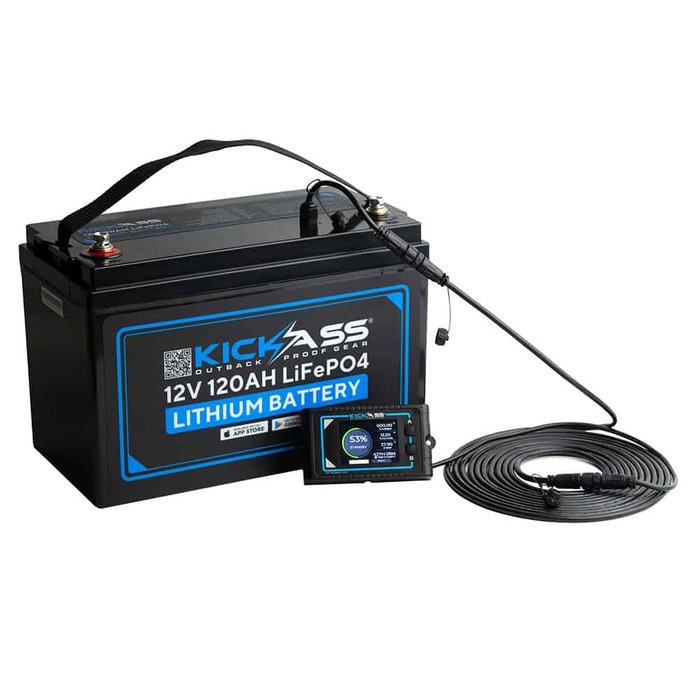
The Household Power System
Households consume a lot of energy for space heating and air conditioning. They also use lots of plug-in devices and renewable energy systems.
Your electricity feeds into a large metal box with a hinged cover known as your service panel, breaker box or fuse box. This has a main switch to shut down all the power and switches (breakers) that distribute electricity to individual circuits.
Basics
Getting electricity from the power plant to the light in your bedroom takes an incredible network of wires. It begins with the high voltage current flowing from power lines on the street, which then travels to a substation where it’s lowered to a lower, safer level, then through smaller distribution lines into your neighborhood. Then it reaches your house, passes through a meter that measures how much power you use, and flows through a series of wires that run into your home’s circuit breaker panel or fuse box.
The electricity in your household is alternating current, which means that the direction of electrons alternates back and forth 60 times per second. This allows it to pass through a transformer and make the necessary changes in voltage (hot, neutral, ground) for operating household appliances.
Sometimes this system is interrupted, either because a wire breaks loose or a faulty appliance shorts out. A mouse chews through the insulation on a lamp wire and directly connects power to ground, or a nail used for hanging a picture punctures a wire in the wall, connecting the two. The resulting fire is one of the most common electrical hazards in homes.
Circuits
The circuits of your house deliver electricity to all the appliances and equipment in your home. Flexible cables run in and out of electrical boxes that are mounted in the walls of rooms in your house, or into fixed receptacles (sockets) like outlets and switches. These cables connect to the main service panel, also known as the breaker box or fuse box.
From the street, power lines feed into your house’s electric meter box via a roof masthead or through conduit that is buried underground. The electric meter tracks your energy use for the power company to generate your monthly bills.
The meter box energizes two strips of metal called hot bus bars, which are Household Power System connected to your electrical system’s circuit breakers or fuses. Each of these breaker units distributes current to a group of outlets, each containing a single 120-volt or 240-volt circuit. If a wire becomes defective, the breaker stops the flow of electricity. For this reason, it is important to know how electricity travels and flows.
Breakers
The breaker is the central hub that routes electricity to your home’s outlets, lights and Household Power System appliances. It also disconnects power from the incoming feed from the main service panel, or breaker box (also called an electrical panel, fuse panel, service panel, or panelboard).
Inside your breaker box are two rows of numbered switches; each switch controls one circuit in your house. Each breaker is rated for how many amps of electricity it can handle; a standard breaker usually offers 200 amps, and each branch circuit is rated separately. Circuits for lighting and outlets, for example, are rated at 15 amps while circuits for electric dryers or ranges are rated at 20 amps.
The breaker trips (shuts off) when too much current is drawn, a safety feature that prevents damage to wiring and a fire hazard. Some breakers are also designed to trip automatically if they detect potential hazards. These include GFCIs, which trip to protect against electrical shocks; and arc fault circuit interrupters (AFCIs), which respond more quickly than traditional breakers to high current draw that can cause sparks and melting in wiring.
Disconnect Switch
Electrical disconnects isolate a specific sector of the circuit, guaranteeing a lack of power in that area and lowering the risk of electrical fires or accidents. They also make maintenance, repairs, and inspections possible by allowing operators to halt power to their equipment and ensure the safety of those who work on it. Disconnect switches meet strict specifications to offer safe operation.
The disconnect is a special breaker switch housed in a weatherproof enclosure that sits right after the utility meter, or sometimes just inside a home’s main service panel (breaker box). It receives 240-volt feeder lines from the electric meter that connect to its lugs. These wires remain live at all times unless you or the power company shut them off.
Disconnect breaker switches can be fusible or nonfusible, and they come in different sizes for various applications. The determining factors include current rating, operating voltage, and short-circuit interrupt capacity. Aurora can help you select the right disconnect size based on your load size and other system characteristics.
Safety
The grounding feature of a power circuit provides no benefit for safety. It exists only to make it safe for humans touching conductors on the “hot” side of a power system. If someone touches a conductor on the “hot” side and is standing on the ground, a path for shock current to return to its source through the person is interrupted (via the foot of the victim) by contact with the metallic conductor in the earth. This prevents fatal shock.
In modern homes, you’ll also find devices which shut down the flow of electricity in response to a short or overload. These are called Ground Fault Current Interrupters, or GFCIs for short. They’re often combined with a disconnect switch in power receptacles. Outside of North America, they are usually known as safety switches, residual current devices (RCDs), or RCBOs/MCBs if combined with a circuit breaker.
You should always use caution when handling any electrical conductors and be sure that you have properly shut down a circuit before doing any work on it. If you are unsure about how to shut down a power system, contact a professional electrician.

